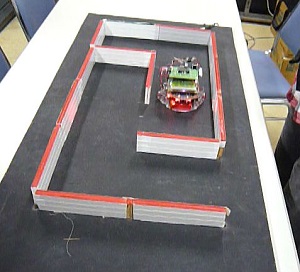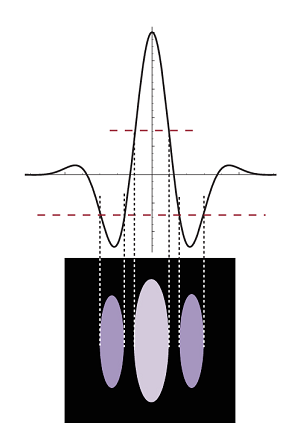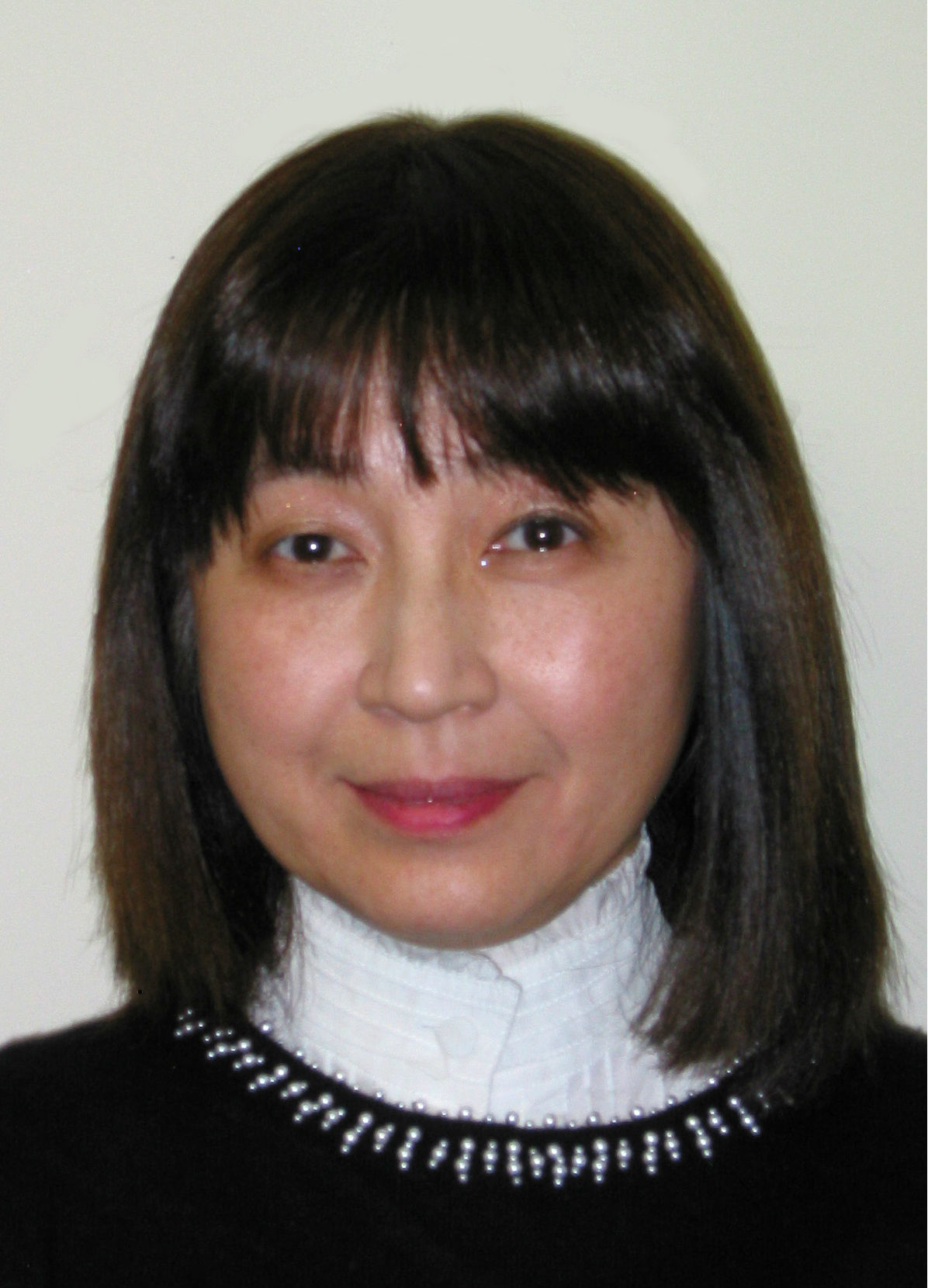June 2016 Issue
Topics
Biophotonics: Using light sensitive proteins as artificial retinas
The light sensitive receptor protein, bacteriorhodopsin (bR) is readily extracted from the cell membrane of Halobacterium salinarum--rod shaped organisms that give the purple color to the water of salty lakes. Since the discovery of bR pigments in the early 1970s, it has been used by scientists for studying the functions of cells, as well applications in nanophotonics.
Now, Yoshiko Okada-Shudo, associate professor at the Graduate School of Informatics and Engineering, is exploiting the optical properties of bR for the development of biophotonic devices and systems for real-life applications.
Future plans include combining bR based optical filters and high speed image processing for detecting defects in electronic circuits and quality control in industrial manufacturing.
Research highlights
Bacteriorhodopsin based artificial retina-motion sensors for robot vision
This project is focused on the development of single element human-eye-like photocell based systems for motion detection. Initial tests with autonomous maze-navigating robots showed promise for robot vision applications with a robust response to rapidly moving objects [1].
Bacteriorhodopsin proteins for innovative filters for receptive fields
The goal of this research is the development of patterned Gabor and DOG optical filters for improving the image processing performance of receptive fields. Notably, the low cost and simplicity of fabricating single element bR filters, and no requirement for external connections are two of the major advantages over conventional silicon semiconductor technology [2].
References
- [1] Yoshiko Okada-Shudo, Daiki Kawamoto, Yun Zhang, Masayoshi Watanabe, Katsuyuki Kasai and Kazuo Tanaka, Robot vision using biological pigments, 27 December 2012, SPIE Newsroom.
DOI: 10.1117/2.1201212.004599 - [2] Yoshiko Okada-Shudo, Tokimasa Tanabe, Takayuki Mukai, Takuma Motoi and Katsuyuki Kasai, Protein-based optical filters for image processing, 7 October 2015, SPIE Newsroom.
DOI: 10.1117/2.1201509.006132





